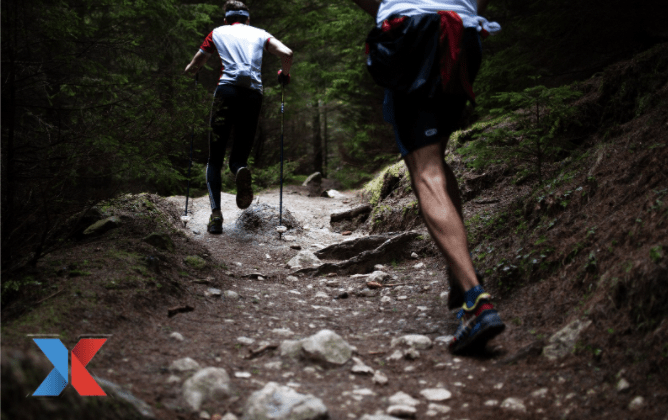
There are many different ways to think about running form but most of them take you down the wrong path. Why? Running form is an easy way to dive too deeply into the minutiae of running itself. Running is much more than just an equation of many individual things added up. Running is movement. It’s rhythm. It’s freedom.
As an example, imagine learning to write but first having an in-depth conversation about just how you’re holding the pencil. Writing is a tool to convey your ideas! The exact position of the pencil, while important, is not worthy of an insane amount of focus.
In this article I’ll be talking explicitly about changes to your running style that will help you achieve increased efficiency. When you tie running form to how you run, it’s hard to measure whether or not the change has had successful outcome. But by linking these changes to efficiency, there’s a single metric against which you can judge the changes that you’ve made.
Measuring Your Run Efficiency
There are many complicated ways to measure your run efficiency. And thanks to new technology, we are achieving increased accuracy. But since runners aren’t robots, there needs to be a fair amount of intuition involved in the process.
One of the simplest ways to measure your efficiencies by using procedure across the course of two similar runs measured on the clock, if the second one is faster but feels easier we can assume that you are operating more efficiently on a very macro level.
To be a little more accurate, we can use Heart Rate. Across the course of two similar but separate runs, we can look at your running time or pace and the corresponding heart rate. If you run the same speed – or faster – and your heart rate is lower then we know that you have achieved efficiency.
* It is worth noting that heart rate does capture many other metrics such as dehydration and temperature and weather conditions which may interfere with the accuracy of your assessment.
One of the most recent players on the scene is the option to run with power. This is essentially an accelerometer on your shoe that gives you data in the form of a power number. Similar to the heart rate example above, if you’re able to run faster for fewer watts – or the same speed for fewer watts – then you have achieved a degree of running efficiency.
| Please note that athletes will develop increased run efficiency across the course of a season. As you get back to training and build yourself into shape, that changing fitness will also yield efficiency gains. The work specified below is external to this overall trend and is meant to be an additional benefit if possible |
All of the options presented below are meant to be implemented in order from easiest to most complicated. Trying to make too many changes at once will only ensure that you won’t make any effective long-lasting change.
Take each one incrementally and work using the schedule at the end of this article to achieve your goal off improved running efficiency.
Warm Up Pre Run
One of the biggest mistakes most aspiring runners make is skipping the warm up. I’m not talking specifically about the easy portion of running that happens before your main interval. I am talking about what you do before you even leave to run.
A good dynamic warm-up will activate key muscles for running and ensure that you are ready to operate a peak efficiency. Part of your journey to becoming a more efficient runner is actually connected to becoming a more efficient time manager. You have to force yourself to budget time to make this happen. The good news is that this routine only takes about five minutes to complete and is guaranteed to have your glutes fired up and ready to run.
Your Running Cadence
There’s a commonly held understanding that the optimal cadence is 180 steps per minute. That’s approximately 90 steps per foot per minute. But a single number doesn’t account for the dynamic range of people who run.
There are tall runners in short runners. Runners with long legs and runners with short legs. And some combinations in between.
Most runners default to their body’s most economical stride. In other words, what works for you at a foundational level. In order to make changes, you need to assess what that number is and decide if a different one can you give you more running efficiency.
The general range for a target running cadence’s somewhere between 170 and 190 steps per minute. Your watch should have a setting that allows you to see this number.
Once you have determined what’s your normal running cadences, you can begin making adjustments.
Making sure that the cadence is easily displayed on your watch face, go for an easy run of approximately 30 minutes. Every five minutes, focus on your cadence and try to increase the number you see there by a count of five to six steps.
This change isn’t about pushing harder — it’s about reaching a more comfortable turnover. Imagine shifting gears on a bicycle that gives you a slightly higher turnover for roughly the same amount of effort.
Once you’re done running, go back and look at your data / reflect on the run to see if indeed the different paces felt better during the higher cadence times. You will need to do this at least three runs a week for three weeks before you can make a well-informed decision.
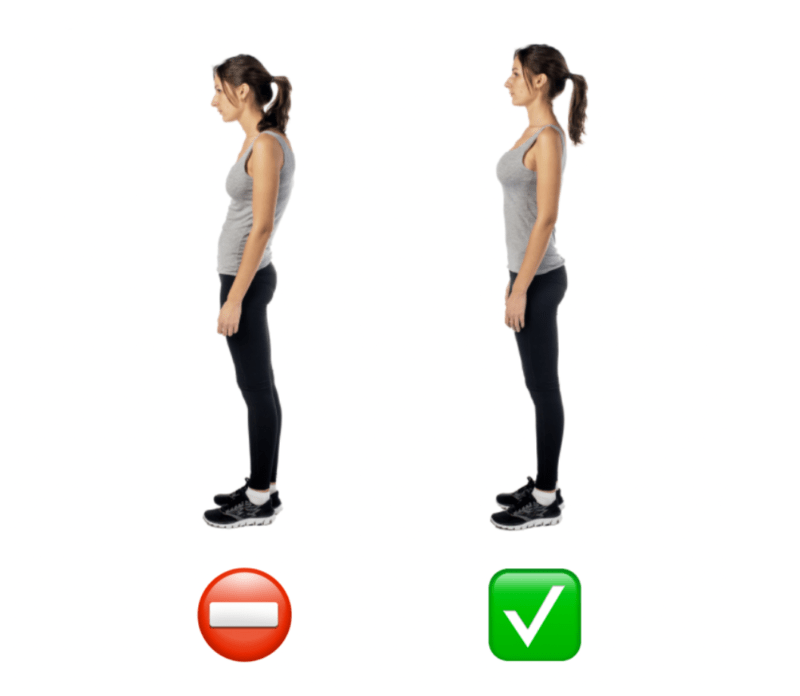
Running Posture: Tall and Relaxed
Another simple change you can make is related to your posture. Good running form fees alignment between the head chest and hips. The easiest way to achieve that alignment is to stand up straight.
You can practice this by standing up with your back against the wall which will push your hips shoulder blades and head in general alignment as athletes get outside and run in dynamic environments, they will often break that plane. This is not as efficient as a tall and relaxed runner.
When you’re out on the open road and easy q for this posture is to think of a string attached to the top of your head gently lifting you up off the ground keeping you on the balls of your feet as you keep your hands loose and swing your arms from the shoulders.
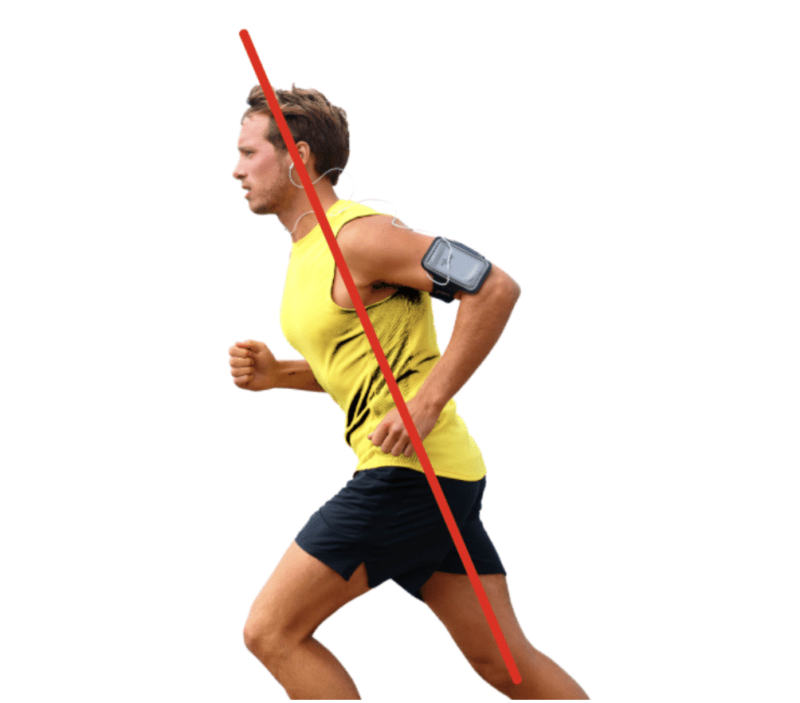
The Forward Lean
Once you have dialed in your posture, it’s time to think about being in a dynamically forward-oriented position while running. Running is effectively an exercise in momentum.
Once we start moving from a fixed position, we have introduced momentum into the equation. Efficient runners barely disturb this momentum as it almost seems as though they are running along a single plane. From the side, their head and hips barely deviate from a straight horizontal line.
In this case, your goal is to begin the process of accessing that momentum by initiating some forward lean. You can practice this by standing with your feet shoulder-width apart relaxed and tall in excellent posture.
From this position you will gently lean forward as though a string is pulling directly from the center of your diaphragm forward. This will rock you forward onto the balls of your feet. Return to operate and repeat.
As you move forward onto the balls of your feet keep your legs straight but relaxed. Notice the potential energy present your body as you will want to take a step forward. Just as importantly note as your gaze moves from straight ahead to down towards the ground — approximately 30 feet in front of you.
That will be your visual cue for the forward lean as you practice this. Instead of getting frustrated with stop signs and stop lights, use them as an opportunity to practice that lean and carry that momentum that you initiate the running process with a long as far as you can before you lose touch.
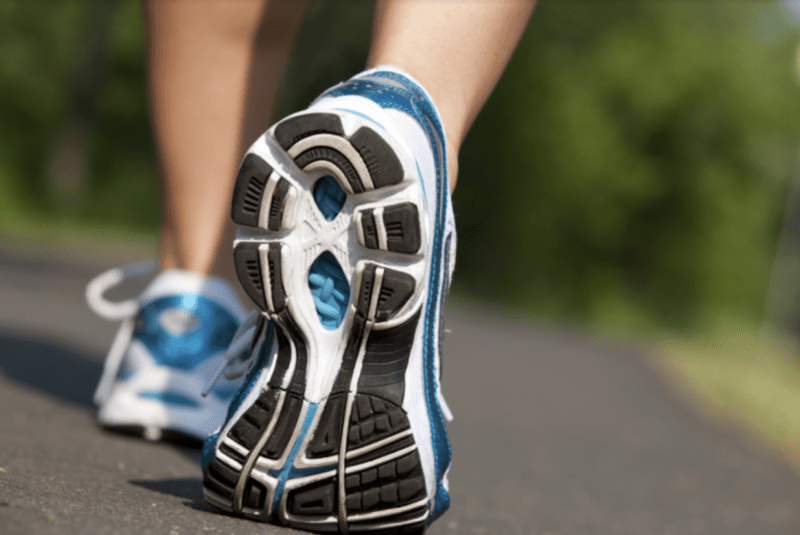
Using Your Big Toe
It’s hard to have a conversation about running efficiency without talking about the work of running. In this case, your glutes. Your glutes are the muscles that drive your leg backward propelling you forward down the road.
Inefficient runners are simply overusing their hip flexors picking their legs up and putting them down without actually driving the foot backward. But driving the foot backward is not the cue that we need. Instead, focus on your big toe. The efficient running form has you, after planting your foot, passing directly over the big toe as you come to the end of that individual stride.
Targeting the big toe will ensure that your glutes are firing and that your running stride is still within an optimal length. This doesn’t mean that you have colorful running shoes and good support for your foot type and biomechanical structure.
It’s worth starting this exercise first indoors in your shoes in a walking motion. Taking a step forward, start with the heel making contact in front of you. As you pass over that foot, push down with the big toe to make firm contact with the ground and hold that big toe on the floor until the other foot has returned to the ground. It will feel almost like there’s a hesitation in the walk but that’s okay as long as we are focused on the big toe.
This is an exercise you can implement out on the open road as you work on keeping that big toe in contact as your body passes over the planted foot and you continue down the road.
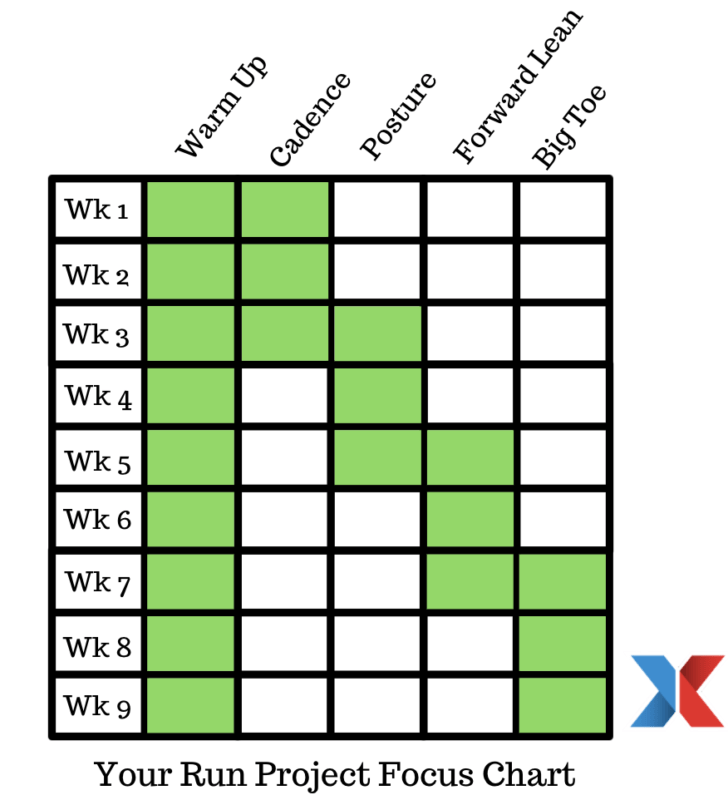
Your Run Focus Schedule
Use the image above to dial in the appropriate focus on running form each week. The goal here is to incrementally build from one to the next only overlapping a little bit as you transition to new Focus points. This is as much a mental as it is a physical change and we want to stay focused. Good luck!
Bonus Video
If you are a visual learner, this video may prove helpful. Produced by the folks at McMillan running, it has excellent side and front views of an elite runner moving with great economy. I urge you to check in on this at least once a week during your run form project.
Coming Soon: New Return to Race Fitness Course
If you are looking for more insights on how you can make gains in your training and racing performance on a fixed schedule, you should check out our upcoming Fast Tracking Your Endurance Course. Perfect for athletes who are looking to get back in the group after many months of disorganized training. It starts in May and you can get on the Early Access List by signing up with this form for an invitation to a planning webinar before the course starts. Feel free to pass the link on!

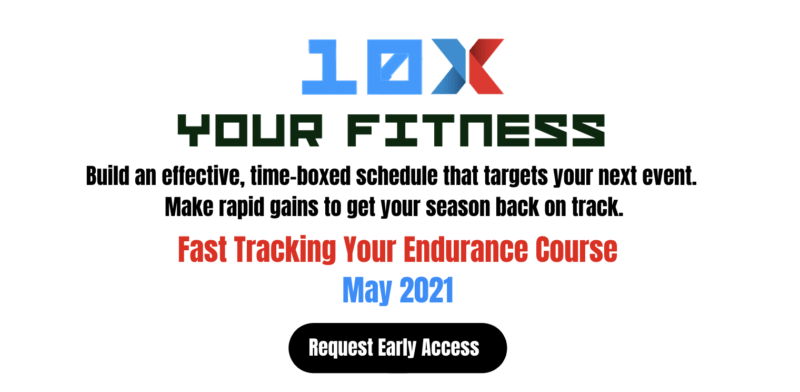



Leave a Reply